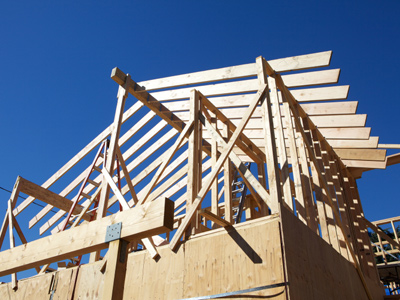
Ask the AI Tutor
Need help with Settlement 02? Ask our AI Tutor!
AI Tutor - Lucy
Connecting with Tutor...
Please wait while we establish connection

Building is restricted in which 'belt'? Find out in this quiz.
Settlement 02
Explore different settlement patterns in this KS3 Geography quiz, from tight nucleated villages to long linear towns, and discover how landscape and transport shape where people live.
1 .
What is the area of ground on which a settlement is built?
Form
Layout
Site
Situation
Sites can be small (e.g. a building site) or large (e.g. the site of a city)
2 .
Terraced houses were originally built for which group of people?
Factory owners
Factory workers
Policemen
Single mothers
They were built within walking distance of factories
3 .
Settlements with widely spread buildings are called what?
Disjointed
Dispersed
Segregated
Split-level
For example a small or medium-sized settlement in a mountainous area is likely to be dispersed. Cities are seldom dispersed
4 .
Semi-detached houses were first built in large numbers in which decade?
1900s
1930s
1960s
1980s
At the time they were built, they were on the edges of urban areas
5 .
Which of these is an inner city benefit?
Poor housing
High rates of crime
Access to public transport
Traffic congestion
It is usually faster and easier to get around large city centres by using public transport than by using your own car
6 .
Building is restricted in which zone?
Black belt
Eco belt
Green belt
Open belt
Green belts are designed to prevent urban sprawl. As the population of the UK has increased, green belts are coming under more pressure because of a need for more housing
7 .
Where in a city is land most expensive?
CBD
Council estates
Inner suburbs
Outer suburbs
Only large shops and offices can afford to locate there
8 .
What would you expect to find most of in the CBD?
Detached houses
Farmland
Parks
Businesses and offices
There will be some housing but not a great deal
9 .
Expanding into the rural-urban fringe is called urban what?
Ballooning
Extension
Sprawl
Stretch
As the population increases, there is a greater need for housing and businesses. Land at the centre of an urban area is limited and expensive
10 .
A house joined to another on only one side is called what?
Demi-terraced
Detached
Maisonette
Semi-detached
A house that is not joined to another is called detached
**Unlimited Quizzes Await You! 🚀**
Hey there, quiz champ! 🌟 You've already tackled today's free questions.
Ready for more?
Ready for more?
🔓 Unlock UNLIMITED Quizzes and challenge yourself every day. But that's
not all...
not all...
🔥 As a Subscriber you can join our thrilling "Daily Streak" against other
quizzers. Try to win a coveted spot on our Hall of Fame Page.
quizzers. Try to win a coveted spot on our Hall of Fame Page.
Don't miss out! Join us now and keep the fun rolling. 🎉
**Unlimited Quizzes Await You! 🚀**
Hey there, quiz champ! 🌟 You've already tackled today's free questions. Ready for more?
🔓 Unlock UNLIMITED Quizzes and challenge yourself every day. But that's not all...
🔥 As a Subscriber you can join our thrilling "Daily Streak" against other quizzers. Try to win a coveted spot on our Hall of Fame Page.
Don't miss out! Join us now and keep the fun rolling. 🎉






